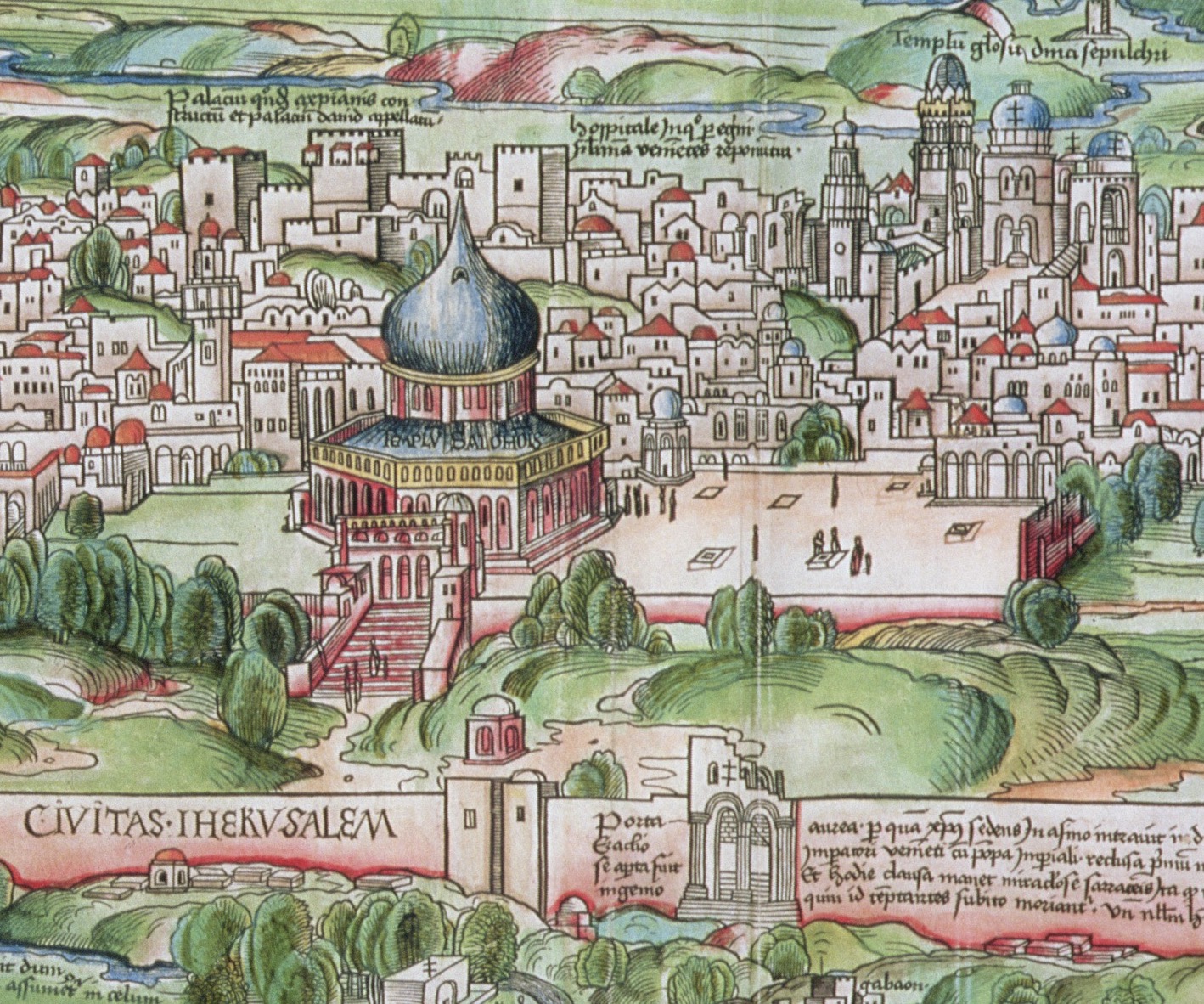Mapping the senses in El viage de Hierusalem by Francisco Guerrero (Sevilla, 1592)

In this self-guided itinerary we follow in the footsteps of the composer Francisco Guerrero in the adventure that, at the age of 60, he undertook driven by his fervent desire to visit the Holy Land. Accompanied by his disciple Francisco Sánchez, they set out from Seville in the early summer of 1588, with the intention of arriving as soon as possible in Venice, where the composer planned to print a book of motets and another with a selection of his sacred songs. On 14 August they set sail for Venice, in what for them was truly the beginning of a journey in which they faced tribulations, but which was also full of emotions and new sensory experiences. On his return in August 1589, Guerrero, persuaded by “curious and devout people”, wrote in a simple prose that follows the canons of the Jerusalem genre the account of what he saw and experienced along the way. The first edition of the text was printed in Seville by Juan de León in 1592, making it one of the great publishing successes of the Modern Age, with at least forty-three editions, in Spanish and Portuguese, which continued to be printed well into the 19th century.
The Olot-born musén Miquel Matas made his pilgrimage journey to the Holy Land in 1602, fourteen years after the composer Francisco Guerrero, following a different route until he reached the port of Jaffa. In 1604, he published the account of his journey in La devota peregrinació de la Terra Sancta i ciutat de Hierusalem, in which he included a very interesting appendix: "una recopilacio de les devocions que rezan y cantan los pares de S. Francesch ab los peregrins, fent les estacions per aquells sanctuaris y llochs tant asenyalat, dels sagrats misteris de nostra redemptio" ("a compilation of the devotions prayed and sung by the Fathers of St. Francis of Assisi and the pilgrims, making the stations by those shrines and places so marked of the sacred mysteries of our redemption". The chronological proximity between the journeys of Guerrero and Matas, who occasionally stayed and even used the services of the same people, always under the protection of the Franciscans, allows us to extrapolate temporally these prayers and chants to which the composer only alludes on very few occasions.
Periodicity:
Bibliography:
Guerrero, Francisco, El viage de Hierusalem. Sevilla: Juan de León, 1592.
Matas, Miquel, La devota peregrinación de la Terra Sancta y ciutat de Hierusalem. Barcelona: Gabriel Graells y Giraldo Dotil, 1604.
Referencing: Ruiz Jiménez, Juan. "Mapping the senses in El viage de Hierusalem by Francisco Guerrero (Sevilla, 1592)", Historical soundscapes, 2023, e-ISSN: 2603-686X. https://www.historicalsoundscapes.com/en/itinerario/33.





